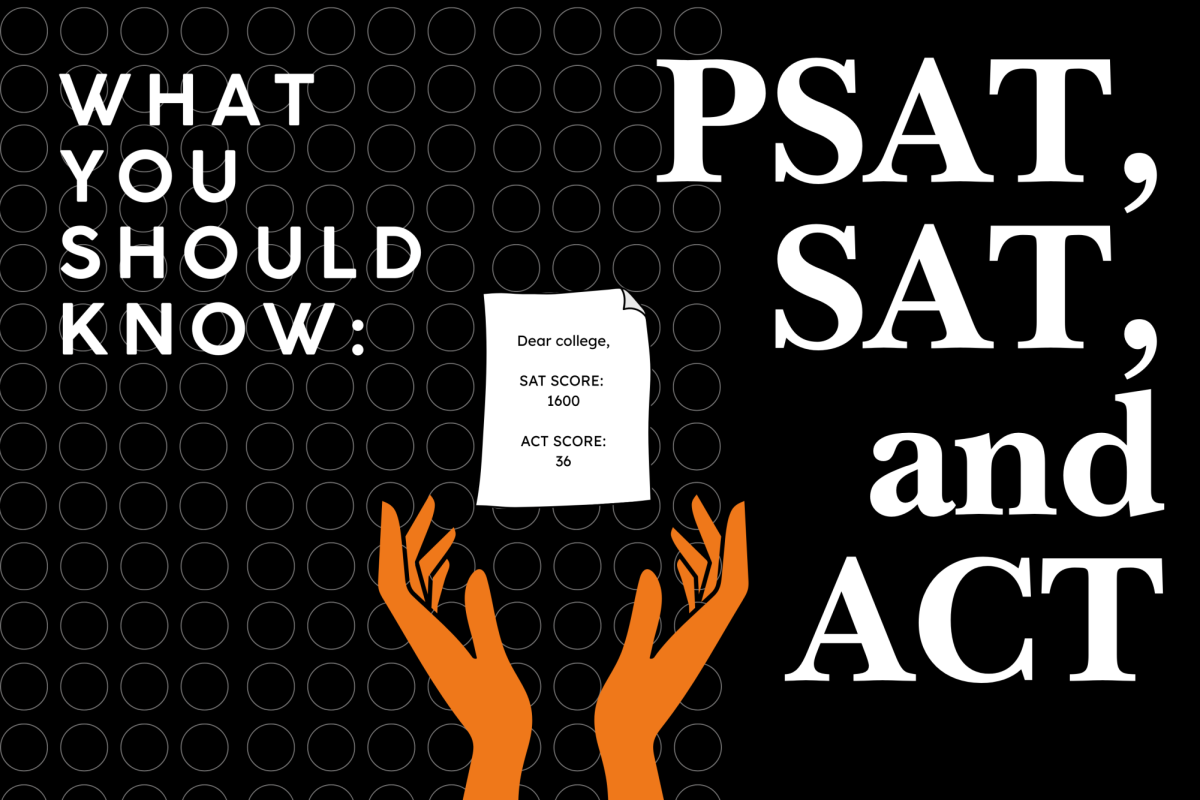Opinion: “Bothsidesism” in media coverage leads to more biased reporting
Trying to cover both sides equally in reporting leads to unbalanced news coverage.
April 6, 2023
Everyone’s opinions are valid.
The news should report all opinions on a subject equally, even if one person bases their opinions on factual evidence, and another person bases their opinions off of their feelings, a book of fairy tales and whatever they dreamed last night…right?
The best way to get to the truth, after all, is to sift through an unending conglomeration of emotions, religious and political doctrine, company-funded propaganda, half-baked conspiracy theories and predictions of the future seen in a plastic bucket by an old woman living under a bridge.
Sometimes, giving an equal voice to all sides of a debate can actually lead to less accurate reporting.
This type of reporting is called false balance, or colloquially as “bothsidesism,” and in a country that is becoming more polarized, it is becoming more common than ever.
Take climate change, for instance. Up until just a few years ago, many news stations were still portraying “climate change is real” and “climate change isn’t real” as equally valid perspectives, even though climate change is a measurable, proven fact.
Even now that most news stations have given up on the climate change deniers, still only around half of American adults understand that anthropogenic, or man-made, global warming is real. The news perpetuates these misunderstandings by giving the voices of conspiracy theorists the same weight as those of actual scientists.
This type of news coverage, even though it seeks to appear unbiased on the surface, can result in a public with a deeply skewed perspective on the affected topics. Everyday people read falsely balanced articles and assume, based on the presentation, that the existence of anthropogenic climate change is still up for debate, even though it is not.
As a result, politicians, who are often funded by fossil fuel companies, can build a platform based on the idea that climate change is not real, or at the very least, that it is not an issue that the public should be concerned about. These politicians can then go on to impact policies on climate change and fossil fuel usage.
Of course, global warming is far from the only issue subject to “bothsidesism.” 44% of American journalists say they think all perspectives on any issue should be covered equally, even if one or more sides are lacking in factual evidence.
False balance in news media tends to be more easily observed in newer, more controversial topics. As climate change becomes harder and harder to ignore, many news stations have given up on presenting climate change deniers as reasonable skeptics.
More recently, many Republican politicians have introduced or passed or attempted to pass laws limiting the rights of transgender people, such as the famous “bathroom bills,” which ban transgender people from using the bathrooms of their choice, or bans on gender-affirming care.
Politicians in support of these bills claim that the presence of transgender people, particularly trans women, in public restrooms poses a threat to other individuals. Despite this commonly held belief, no connection has actually been found between the presence of transgender people and the number of assaults and safety violations in public bathrooms.
These politicians also claim that gender-affirming care is harmful and can lead to regret and mental distress. However, less than 1% of people who medically transition regret it at all, which is a much lower rate of dissatisfaction than most surgical procedures.
However, some news stations have felt the need to present the inaccurate “trans people are dangerous” argument as a valid opinion, despite the vast amounts of evidence to the contrary.
Because this issue is divided so cleanly along political lines— Republicans generallly opposing the rights of transgender people, and Democrats generally supporting them— any organization presenting the situation accurately might be accused of having a “liberal bias.”
And, of course, it would be wrong not to mention the elephant in the room.
The Republican party has been using the same platform since 2016, and many of their current positions seem to be based entirely on the hopes that no one actually looks at the facts. As a result, news stations will present unrealistic conservative viewpoints as just as valid as more fact-based opinions in order to avoid alienating their Republican-leaning audience.
For example, one of the stated positions of the Republican party is that the regulation of coal and other fossil fuels should be minimal, as it will harm the economy.
In reality, studies show that leaving fossil fuels, and subsequently, climate change unchecked will do even greater harm to the economy.
Another stated position is that marriage should be between one man and one woman, and that children not raised in a household with one mother and one father will be detrimentally affected.
Studies show there is no significant difference between the mental health of children raised by different-sex parents and children raised by same-sex parents.
While these positions are not supported by facts, many journalists and news organizations present them as they are in order to avoid being accused of having bias—thus proving their bias.
Unfortunately, the likelihood of “bothsidesism” being resolved any time soon is low to none. Journalism is business, after all, and the people who are wrong often have as much (or more) money as the people who are right.
At the end of the day, it is up to the individual consumer to fact-check the media they are consuming.
When looking at news, don’t just search for a middle ground. While it looks stable, under the surface, it might be completely unsupported.
Instead, look for reliable sources, like official government websites and peer-reviewed studies. If an opinion seems to be lacking in evidence to back it up— especially a dramatic, fear-mongering sort of opinion— then, well, it probably isn’t worth anyone’s time.








































